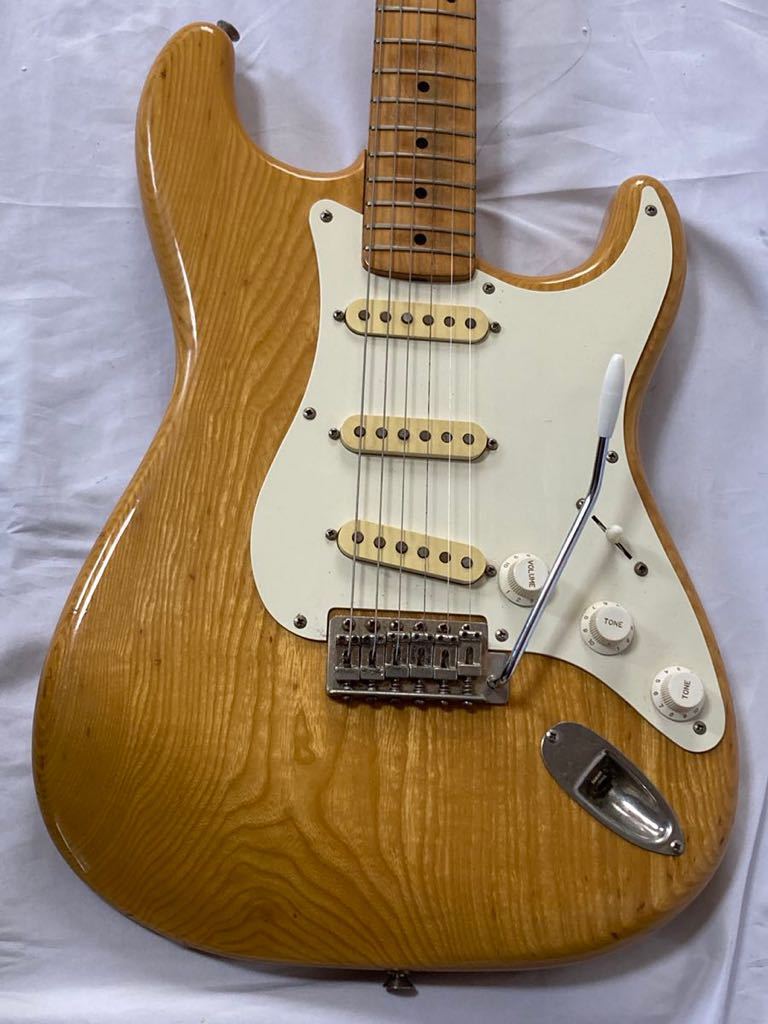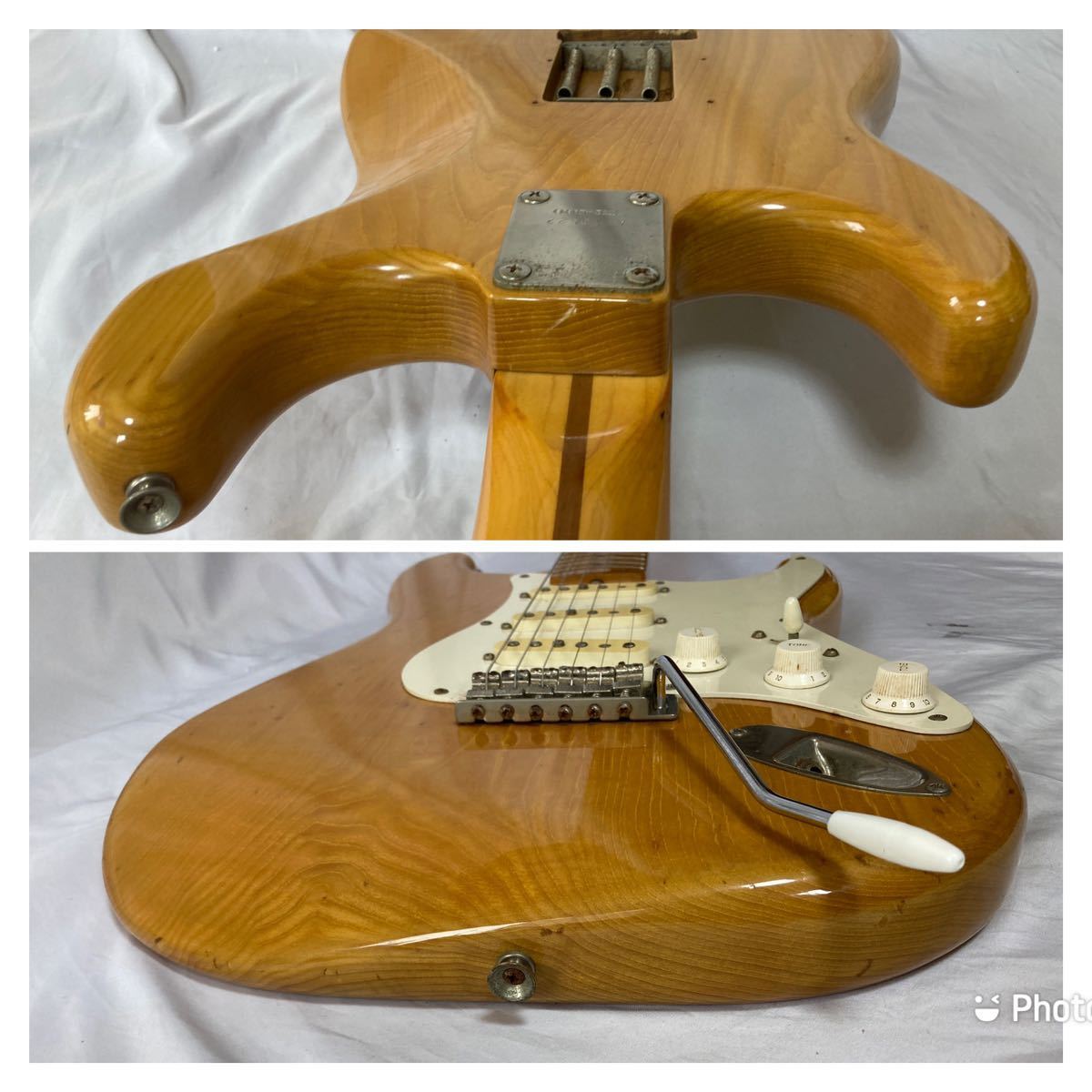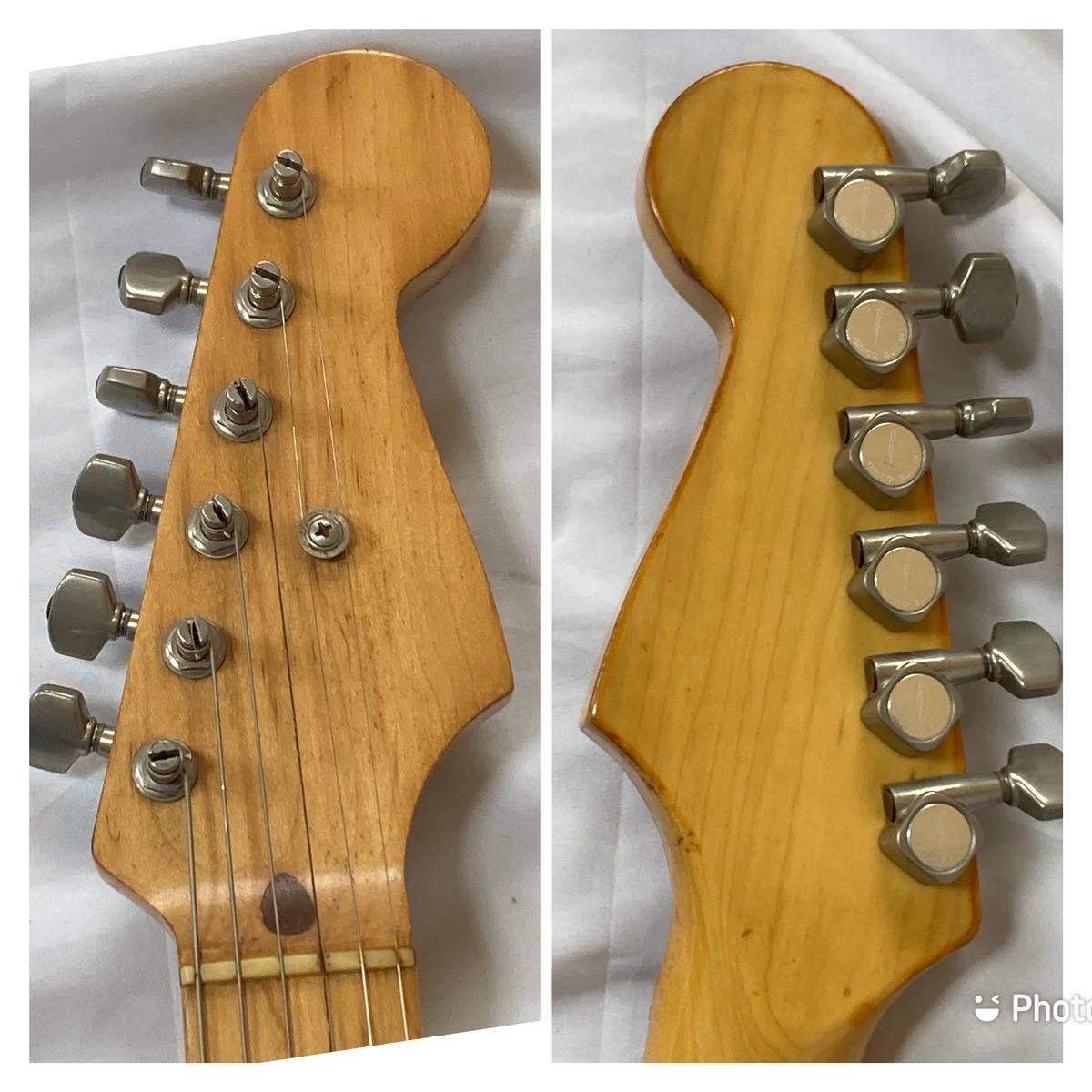Basically, Greco Strat PU designations are... confusing. And they change over time.
They have no designation at all to begin with. The the PU-100 designation turns up in 1976, for all strat copies, which (as far as I've been able to tell) all have the narrower string pitch that year.
In 1977, the SE-700 turns up, with PU-119 pickups and the wider string pitch with 11,2 mm bridge saddles. But weirdly, the SE-800 of that year have the pups specced as PU-100s
despite having the wider bridge saddles. I've never had an SE-800'older than 1979 personally, but as far as I can tell from photos, they appear to have the standard pole piece pitch (57 mm from outside to outside of the two e-string poles, as opposed to 55 mm for the narrower ones). This appears to be the same in 1978.
In 1979, **** happens. The -800, -700 and -600 all have pickups specced as PU-119, while the -500 finally gets the Fender-standard string pitch and bridge saddle width... with the pickups designated PU-100W, which we assume to stand for "Wide". The PU-100 designation gets transferred to the low-end ceramics used in SE-450s and the (then new) SE-380, pickups that doesn't seem to have had any catalog designation at all prior to that.
And... in 1980, the designations change again, with SE-800, -700 and -600 pickups being designated PU-S8, while the ones in in SE-500 and -450 (which is an all-new 1972-76 copy at that point) are specced with PU-S5's. The SE-380 retains the ceramics designated PU-100 which are in no way related to the original PU-100s of 1976...
So, welcome to Japan.

As for the "Maxon Excel" name, it interesting to note that Greco never ever used the Excel name in any official documentation. It's embossed into the flatwork of the pickups from around 1975-76 and remains so up to around 1978-79, when the number 31276 appears, first together with Excel, and the superceding it. By 1980 it's gone completely, with only 31276 remaining
I would assume that this has something to fo with Maxon selling off their pickup operation to Fujigen, incl machinery and apparently some staff, to concentrate on effect pedal manufacture (Tube Screamers and more for Ibanez etc). But the timing of this is a bit uncertain, 1979-81 being mentioned. It's possible that Excel was a Maxon trade name not included in the sale. But over time, the whole family of Maxon alnico Strat pups have become known as "Excels".
Personally, I find the various versons hard to tell apart, tbh. They're basically all great strat pickups, with a common and imo, a nice, very versatile tone. The outlier is the the variant of the PU-S5 found in early 1980 SE-500s, which for some reason are overwound to around 7.5 kOhm, i e well into P90 country. I've no idea why, there's no separate designation for it or anything. That pickup model was introduced in 1980, it's possible that that was the original spec for it, but it was found to be hotter than the market liked. By mid-1980 they're down to
a more normal 6,5k.
I told you it was confusing, right?

But I do believe standard Fender 11,2 mm bridge saddles will fit your guitar with no ptoblems.











